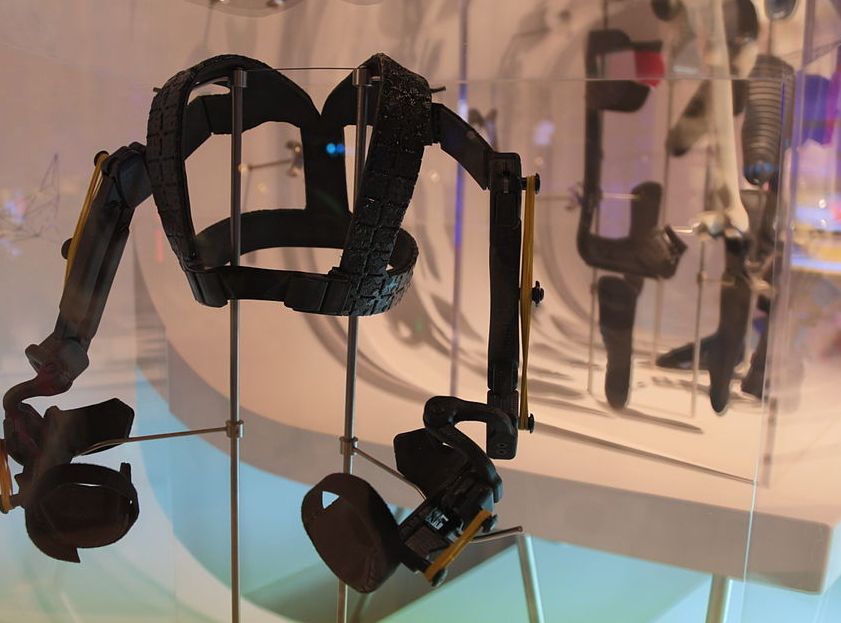3D Printing – Overview and its future
Star Wars came in the 1970s. During the time, science fiction was considered with much interest as skepticism. This was when the world was realizing the idea of robots. In fact, it was beyond one’s imagination to science and technology. It also involved taking the role of people to another level.
3D printing also known as Additive Manufacturing is a process of creating or developing three-dimensional objects from a digital or scanned file. You can consider a 3D printer as an industrial robot. This technique involves processes where materials are layered to create an object.
How cworks
The objects created can be of any geometry, shape, design, and specifications. The process of creating such objects is computer controlled. The process starts by making the virtual model of your object. If you want to create a product, which is already existing, then a replica or a copy is then needed.
object. If you want to create a product, which is already existing, then a replica or a copy is then needed.
3D scanner image is taken and a CAD software used to create the design. If you are creating a new object, then you can use CAD software and 3D modeling program to create a virtual design. The final model will be broken into horizontal layers. The file can then be loaded into 3D printer that points the object layer by layer. The printer creates an object by blending every layer together. In the end, you will get a 3D object.
Although this technology has been around for decades, development of materials and equipment for additive manufacturing started in the 1980s.
Technologies and methods of 3D printing
There are no 3D printers, which are alike. There is always a difference in a manner the material layers are built to create the end product. For instance, there are methods such as softening or melting the material to create these material layers. Conventional technologies applied include Fused Deposition Modeling and Laser Sintering.
Applications
There are several applications of 3d printing techniques. They extend to area s such as crime scene investigations, architecture, design visualization, forensic pathology, medical treatments, entertainment, and education. In the future, this technology will change the way things are done. You can think of manufacturing anything you need rather than engaging in trade practices where products and material are bought from businesses and people. This technology continues to open many avenues of investments and training. It is also used in medical treatments.…
s such as crime scene investigations, architecture, design visualization, forensic pathology, medical treatments, entertainment, and education. In the future, this technology will change the way things are done. You can think of manufacturing anything you need rather than engaging in trade practices where products and material are bought from businesses and people. This technology continues to open many avenues of investments and training. It is also used in medical treatments.…

